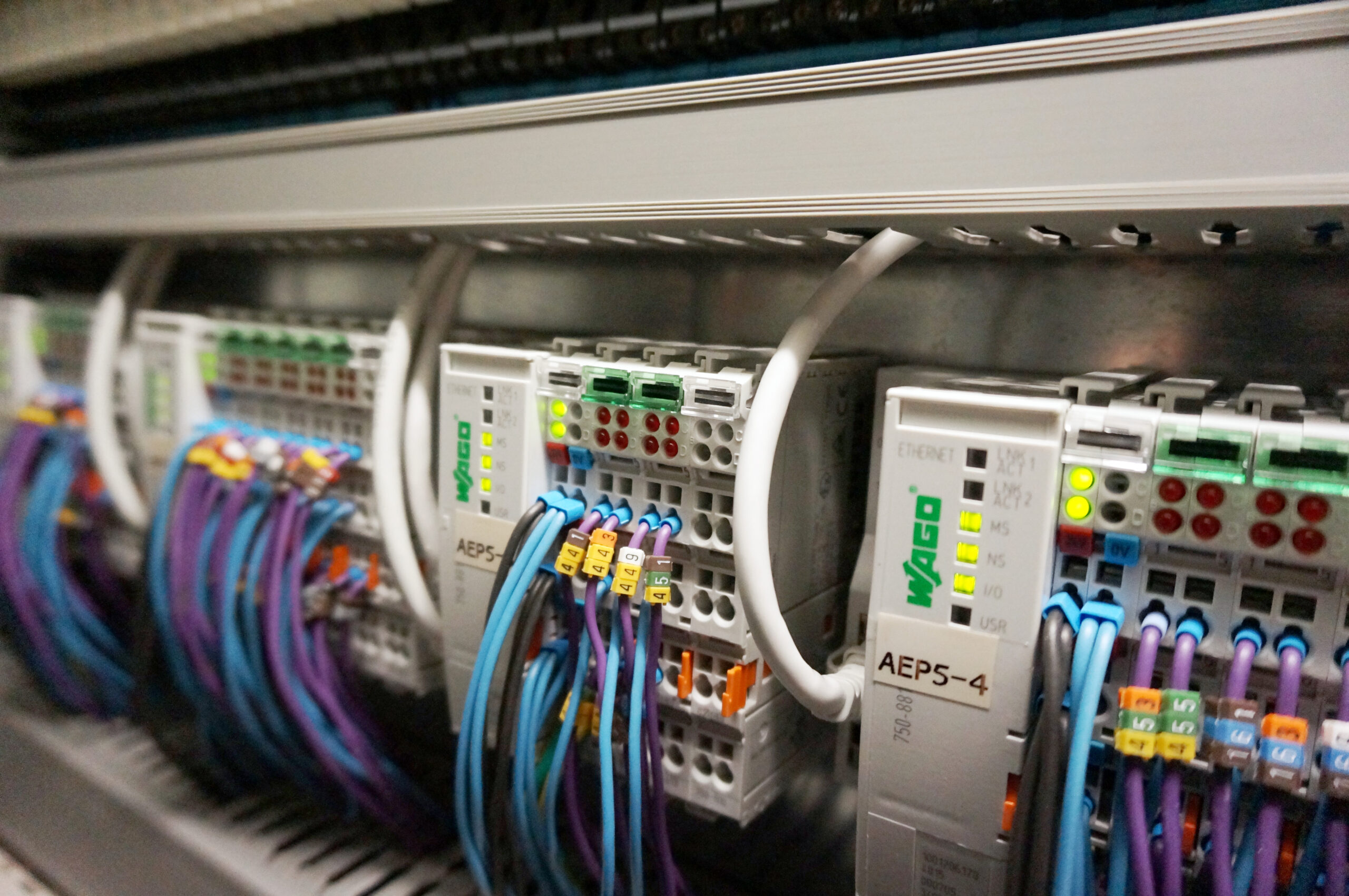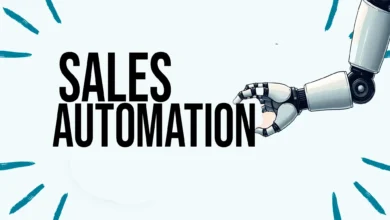
PLC Systems: The Backbone of Modern Automation
In today’s rapidly evolving industrial landscape, Programmable Logic Controllers (PLCs) stand out as pivotal components driving automation and efficiency. These digital computers are specifically designed to control machinery and processes in real time, allowing industries to optimize operations, enhance safety, and reduce costs. This article delves into the architecture, functionality, applications, advantages, challenges, and future trends of PLC systems, showcasing their essential role in modern automation.
Table of Contents
What is a PLC?
A Programmable Logic Controller (PLC) is an industrial-grade digital computer used to automate specific processes, machinery, or equipment. Unlike conventional control systems, PLCs are programmable, meaning they can be configured to perform various tasks based on the needs of the application. This flexibility makes PLCs indispensable in sectors ranging from manufacturing to energy management.
Key Components of PLC Systems
Understanding the architecture of PLCs is crucial for grasping their functionality. A typical PLC consists of several key components:
- Central Processing Unit (CPU): The heart of the PLC, the CPU executes control instructions and processes input data. It interprets the programmed logic and determines how the system should respond to input signals.
- Input/Output (I/O) Modules: These modules serve as the interface between the PLC and external devices. Input modules receive signals from sensors (such as temperature, pressure, or proximity sensors), while output modules send control signals to actuators (such as motors, valves, and lights).
- Power Supply: This component provides the necessary electrical power for the PLC and its modules, ensuring reliable operation even in demanding environments.
- Programming Software: Engineers use specialized software to develop control programs for PLCs. Common programming languages include Ladder Logic, Structured Text, and Function Block Diagram, allowing for a range of programming styles depending on user preference and application requirements.
How PLCs Operate
PLCs operate based on a cyclic process known as the scan cycle, which typically consists of three main steps:
- Input Scan: During this phase, the PLC reads the current status of all input devices, updating its internal representation of the system’s state.
- Program Execution: In this step, the PLC executes the user-defined control program based on the input data it has collected. The CPU processes the control logic, determining the appropriate actions.
- Output Scan: After executing the program, the PLC updates the output devices according to the logic defined in the program, controlling the machinery and processes as needed.
This continuous loop allows PLCs to provide real-time control and feedback, making them highly effective for dynamic industrial environments.
Applications of PLC Systems
PLCs are utilized across various industries, each with unique applications that demonstrate their versatility:
- Manufacturing: In production facilities, PLCs control assembly lines, robotics, and other machinery, optimizing workflow and ensuring product quality.
- Process Control: Industries such as chemicals, food and beverage, and pharmaceuticals rely on PLCs to monitor and control processes like mixing, heating, and packaging, ensuring precision and compliance with safety standards.
- Building Automation: PLCs manage lighting, HVAC systems, and security, enhancing energy efficiency and providing comfort in commercial and residential buildings.
- Transportation Systems: In traffic management, PLCs control signals and gates, improving safety and traffic flow. They are also used in automated train control systems.
- Water and Wastewater Treatment: PLCs monitor and control pumps, valves, and treatment processes, ensuring compliance with environmental regulations while optimizing resource usage.
Advantages of PLC Systems
The integration of PLCs in industrial automation comes with numerous advantages:
- Flexibility: PLCs can be easily reprogrammed and reconfigured to accommodate changing processes or new equipment, making them suitable for diverse applications.
- Reliability: Designed for rugged industrial environments, PLCs can withstand temperature fluctuations, humidity, and vibrations, ensuring consistent performance.
- Scalability: PLC systems can be expanded by adding additional I/O modules, enabling businesses to scale their operations without overhauling existing systems.
- Ease of Troubleshooting: Modern PLCs often include built-in diagnostics and monitoring capabilities, simplifying troubleshooting and maintenance.
- Cost-Effectiveness: Although initial setup costs can be high, the long-term benefits in terms of increased efficiency, reduced labor costs, and minimized downtime often outweigh the investment.
Challenges Facing PLC Systems
Despite their many benefits, PLCs are not without challenges:
- Integration with New Technologies: As industries increasingly adopt Internet of Things (IoT) technologies, integrating PLCs with these systems can be complex and requires careful planning.
- Skill Shortages: The demand for skilled professionals who can program, troubleshoot, and maintain PLC systems is growing, creating a skills gap in many industries.
- Cybersecurity Risks: As PLCs become more interconnected, they are increasingly vulnerable to cyber threats. Implementing robust security measures is essential to protect industrial systems from potential attacks.
Future Trends in PLC Technology
The future of PLC systems is promising, driven by technological advancements and an increasing demand for automation. Key trends include:
- IoT Integration: The convergence of PLCs and IoT technologies allows for enhanced data collection, remote monitoring, and real-time analytics, providing valuable insights into system performance.
- Artificial Intelligence: Integrating AI with PLCs can enhance decision-making capabilities, enabling predictive maintenance and optimizing process control based on historical data.
- Edge Computing: As the need for real-time data processing grows, edge computing allows PLCs to process data closer to the source, reducing latency and improving response times.
- Enhanced Cybersecurity: With the rise of connected devices, manufacturers are prioritizing cybersecurity, implementing advanced measures to protect PLC systems from vulnerabilities.
Conclusion
Programmable Logic Controllers are undeniably the backbone of modern industrial automation. Their versatility, reliability, and ease of integration make them indispensable in various sectors. As industries continue to evolve, the role of PLCs will only grow, adapting to new technologies and challenges. Understanding the architecture, functionality, and applications of PLC systems is essential for professionals in the field, highlighting their significance in shaping the future of automation. By embracing the trends and innovations in PLC technology, industries can enhance efficiency, safety, and productivity, ensuring a competitive edge in an increasingly automated world.








